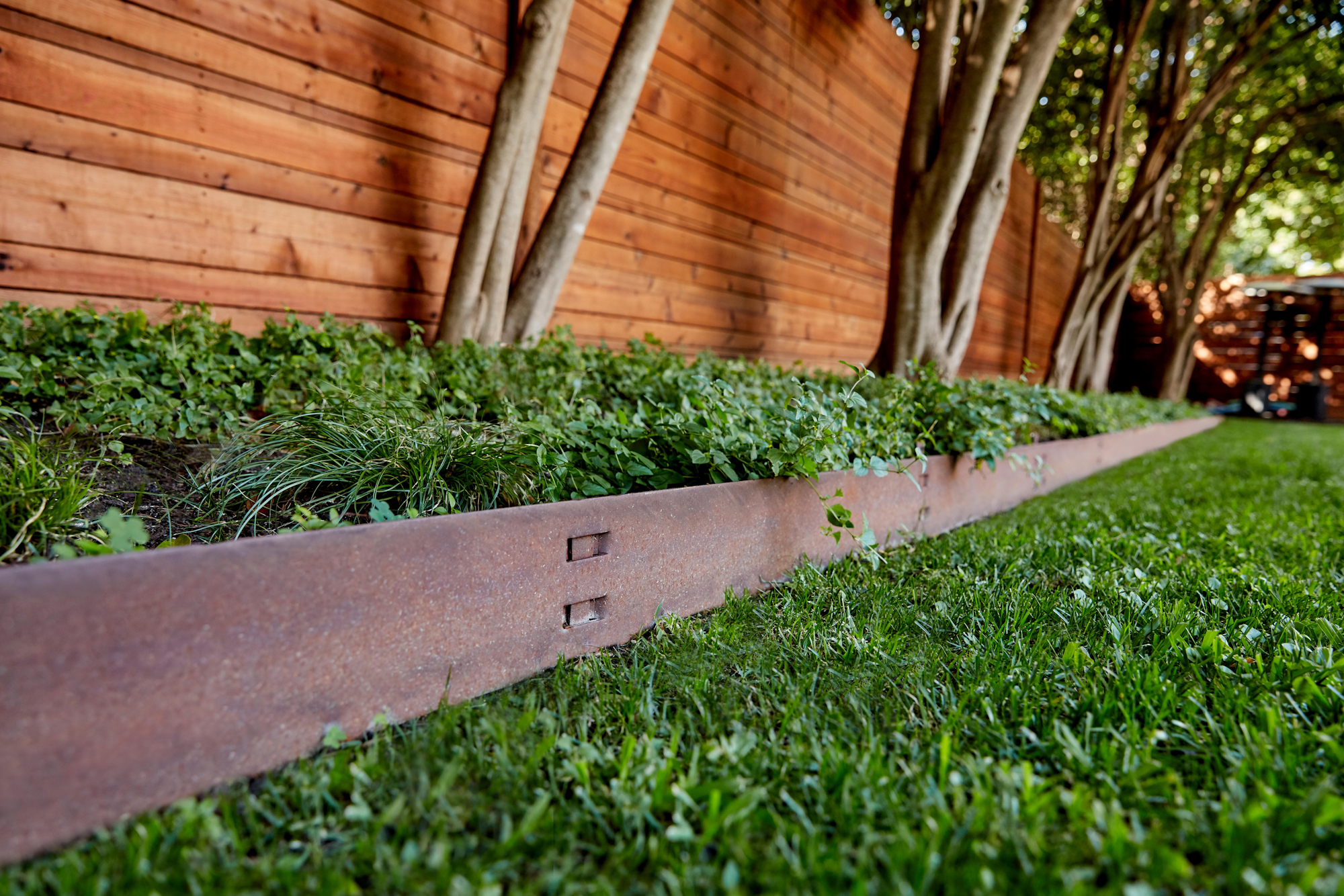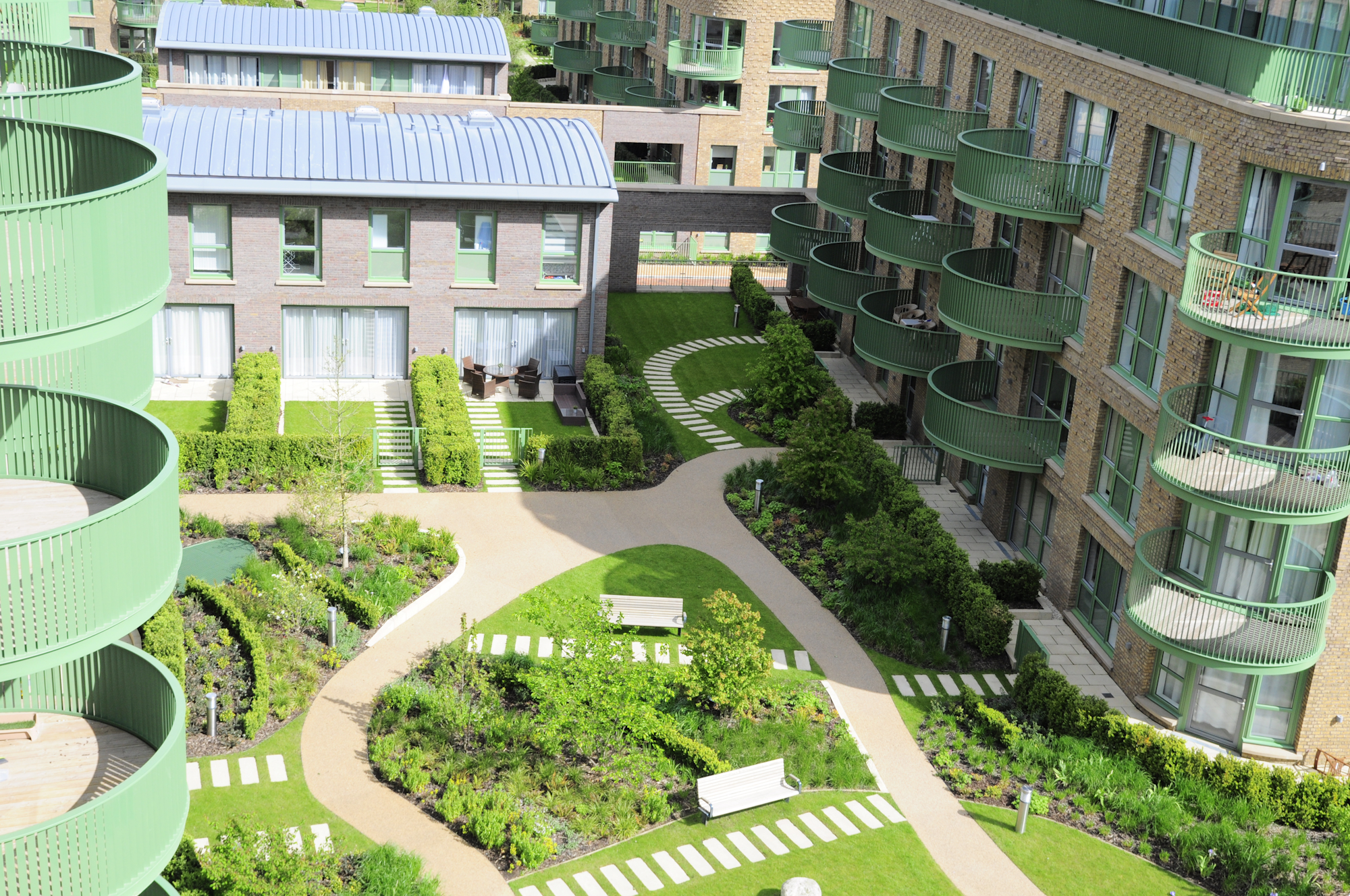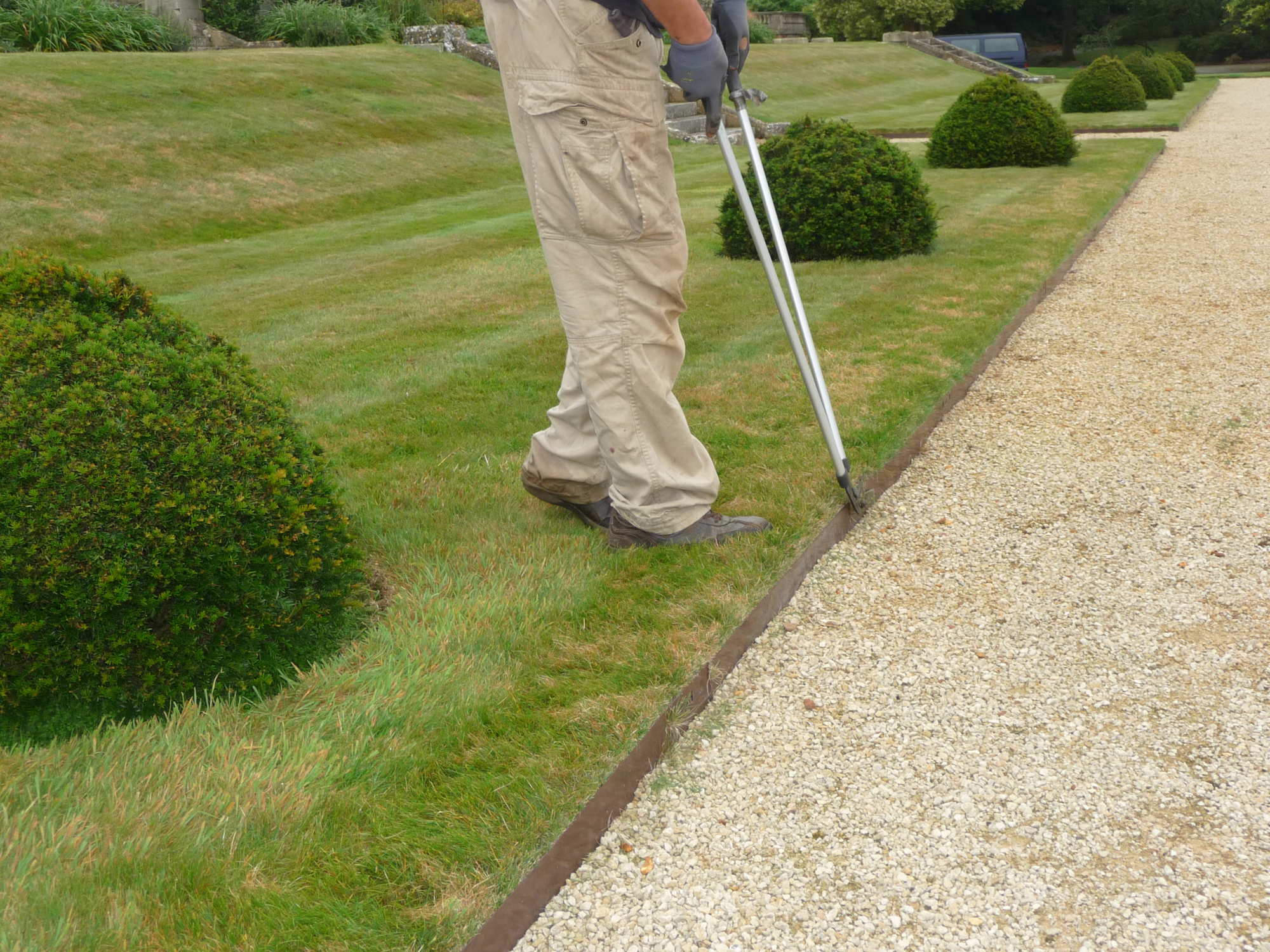Metal Edging Solutions from Kinley
Buy Metal Edging

Implementing metal edging in commercial and institutional projects involves meticulous planning, precise execution, and thoughtful maintenance.
Here's a comprehensive guide to successfully incorporate metal edging into a landscape design.





Metal edging provides both functional and aesthetic benefits across various applications:
As a leading UK designer, innovator, and manufacturer of steel and aluminium edging, we’re always happy to help.
For more information on our complete line of products, inspiration for your future project and technical resources, get in touch with our team of expert advisors today.